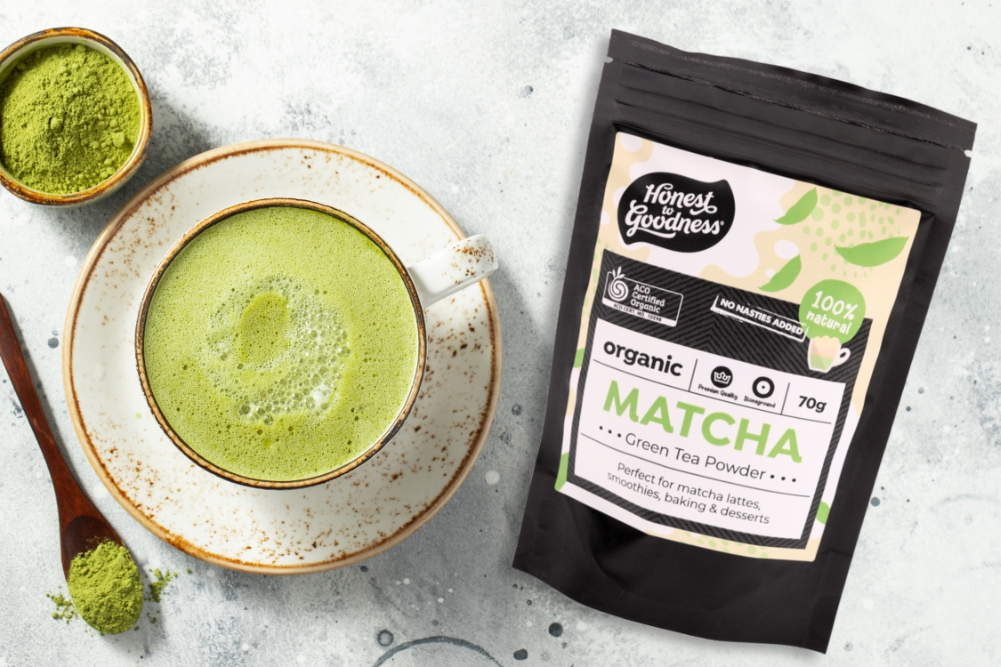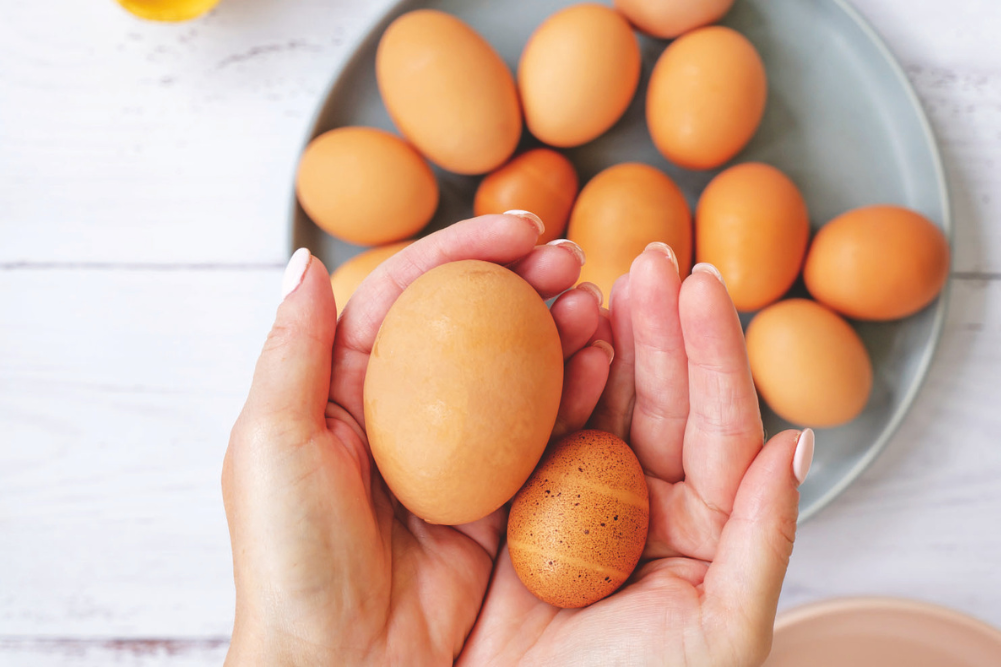Mandarin Prawns with Fennel & Coconut Salad
Mandarin Prawns with Fennel & Coconut Salad
As well as being good to eat and nutritious, mandarins are also very handsome trees in fruit and can be grown as an edible hedge or screen.
Servings
2
Prep time
Cook time
Recipe
Ingredients
- 3 tbsp sesame oil
- 1 clove garlic, chopped
- 2 small red chillies, chopped
- Small knob ginger, diced
- 2 tbsp tamari soy sauce
- 1 tbsp raw honey
- 8 cooked prawns, peeled
- 1 small fennel bulb, thinly sliced
- 3 spring onions, chopped on an angle
- ½ cup fresh young coconut flesh slices
- 2 mandarins, segmented & pips removed
- 1 tbsp chopped mint
- 1 tbsp toasted coconut
- Juice 1 lime
Method
- In a pan, heat the sesame oil and fry the garlic, chilli and ginger for 1 min.
- Add the tamari soy sauce and honey, then remove from heat.
- Add the prawns, fennel, spring onion, coconut flesh and mandarin segments, toss and thoroughly coat the salad in the sauce.
- Transfer to a serving dish, garnish with mint and toasted coconut and finish with drizzling the fresh lime juice over the top.
Tried this recipe? Mention @wellbeing_magazine or tag #wbrecipe!








